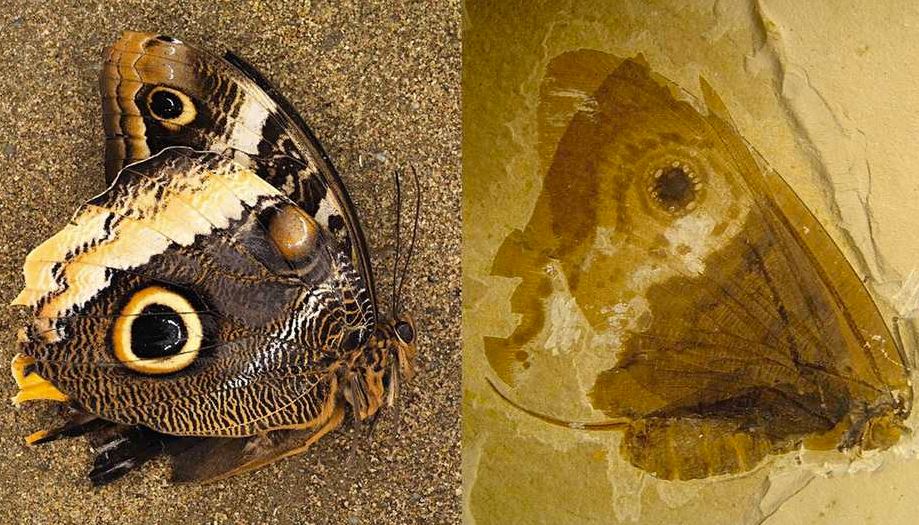
How old are butterflies, and where did they evolve? And perhaps more importantly, how and when did they reach the isolated continent of Australia?
Answers to these simple questions have baffled scientists for decades. An international collaboration has placed the time of origin much more precisely: 101.4 million years ago, give or take 1.2 million years.
These early butterflies were different from nocturnal moths, their ancestors. They flew during the day, rather than at night, and were attracted to brightly coloured flowers for their rich nectar.
A 100-million-year history
There are roughly 19,000 butterfly species in the world, and piecing together the 100-million-year history of the group required assembling the world’s largest dataset of butterfly DNA sequences, geographical distributions and larval host plants. Underlying the analysis were 11 rare butterfly fossils, without which the analysis would have been impossible.
North American origins
Not only did this latest study determine the age of butterflies, it also discovered where the butterflies first originated. By assembling a database of the distributions of all modern species and the plants on which they lay their eggs, the scientists were able to trace the movements of butterflies through time and space. According to the latest research, butterflies first appeared somewhere in Central and western North America.
At that time in the mid-Cretaceous, the continent of North America was part of eastern Laurasia, and it was bisected by an expansive seaway that split the continent in two. Present-day Mexico was joined in a long arc with what is now the United States, Canada and Russia.North and South America had not yet joined via the isthmus of Panama, but butterflies seem to have had little difficulty crossing the water gap into the Southern Hemisphere. Once they reached South America, the early butterflies diversified to an astonishing degree.
path to Australia and the rest of the world
Two of the earliest butterfly lineages to reach Australia via Antarctica were the subfamilies Coeliadinae (awl skipper butterflies) (around 72 million years ago) and Euschemoniinae (around 65 million years ago). The Euschemoniinae are a group of butterflies found only in Australia, containing just a single remaining species – the spectacular regent skipper (Euschemon rafflesia) – restricted to the rainforests along the east coast.
To reach Australia, butterflies must have once lived in Antarctica in the Late Cretaceous and Early Paleogene periods when global temperatures were considerably warmer than today.
Once butterflies had become established in Central and North America approximately 101 million years ago, they quickly diversified alongside their plant hosts over the next 25 million years, with the last two families (Riodinidae and Lycaenidae) evolving around 76 million years ago.By the time dinosaurs were wiped out 66 million years ago, all six modern butterfly families had arrived on the scene.

Michael F. Braby is an Associate Professor, Australian National University.